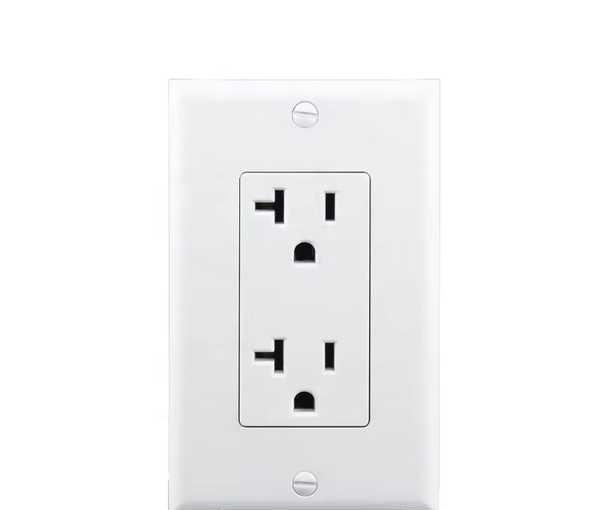China's Five-Hole Power Socket Standard: A Product of Historical Evolution
China’s unique five-hole power socket design emerged from adopting both American and Australian standards, combining two-pin and three-pin configurations to ensure backward compatibility while addressing safety concerns.

The story behind China’s distinctive five-hole power socket offers fascinating insights into how historical decisions shape everyday infrastructure. In the early days of China’s electrical standardization, the country found itself at a crossroads between different international standards, primarily influenced by American and Australian designs.
The five-hole socket represents an ingenious, if complicated, solution to a unique challenge. The upper two holes accommodate American-style two-pin plugs, while the lower three holes are designed for Australian-style three-pin plugs. This dual compatibility emerged from China’s initial adoption of both standards rather than choosing a single approach.
The American-style two-pin design offers advantages in terms of compactness but can be less stable, particularly when supporting heavy power adapters. The Australian-style three-pin configuration provides better stability and grounding protection, crucial for high-power appliances and devices used in humid environments.
The five-hole design, however, comes with its own set of challenges. The shared internal connection point between the two-pin and three-pin sections means that using both simultaneously could risk overloading. This limitation led to the practical rule of using only one plug at a time, despite the socket’s apparent dual functionality.
Recent updates to China’s national standard (GB/T 1002-2021) have brought improvements, particularly in safety features. The newest specifications require insulation sleeves on live pins, addressing a significant safety concern present in earlier designs. This change demonstrates China’s commitment to evolving its standards based on practical experience and safety considerations.
Looking ahead, experts suggest two potential paths for future development. One approach involves transitioning entirely to an Australian-style system, beginning with compatible two-pin plugs that work with existing sockets. Another possibility is gradually adopting an American-style system by modifying the ground pin configuration. Either path would require a careful transition period of approximately 10-20 years to phase out older equipment and ensure minimal disruption to users.
The five-hole socket stands as a testament to China’s pragmatic approach to standardization, even if it resulted in a unique solution that differs from international norms. While it may not be the most elegant design, it effectively bridges different standards while maintaining safety requirements for China’s 220V power system.